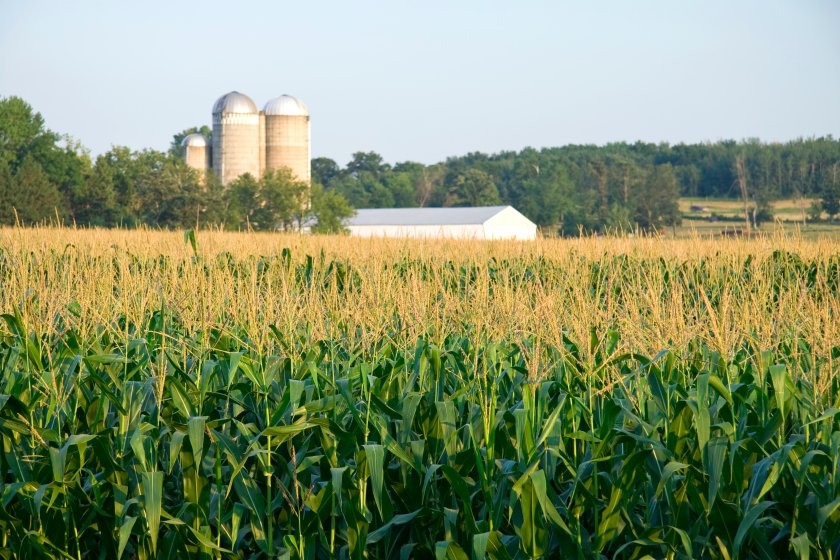
Researchers have revealed for the first time how a key gene in crops allows them to use their energy more efficiently, which could, in turn, help bolster global food security.
Scientists have discovered a novel regulatory gene that enables corn roots to acquire more water and nutrients, a gene which controls the formation of air spaces among living root tissues.
Replacing a large percentage of root cells with airspaces saves the plant a lot of energy which is otherwise required to feed all these root cells.
This makes roots metabolically more efficient, enabling them to use the resources saved to build more roots and explore the soil more effectively and capture more water and nutrients.
Led by Penn State University and the University of Nottingham, researchers say this discovery could lead to the breeding of crops that can withstand drought and low-nitrogen soil conditions.
Researchers explained that this could ultimately ease global food insecurity.
Rahul Bhosale, assistant professor at the University of Nottingham, said that identifying this gene and how it worked would enable breeders to create more resilient crops.
"[It] can withstand water and nutrient stress conditions being experienced as a result of climate change.”
The research team used powerful imaging tools that rapidly measured cells in thousands of roots. An imaging technique called *Laser Ablation Tomography was critical for this approach.
Professor Jonathan Lynch, who led the research at Penn State, said the results were significant, as the gene was behind an important trait that's going to help plants have better drought tolerance amid climate change.
“Those are super important qualities — both here in the US and around the world,” Professor Lynch said.
“Droughts are the biggest risk to corn growers and are worsening with climate change, and nitrogen is the biggest cost of growing corn, from both a financial and environmental perspective.
"Breeding corn lines more efficient at scavenging for the nutrient would be a major development.”
